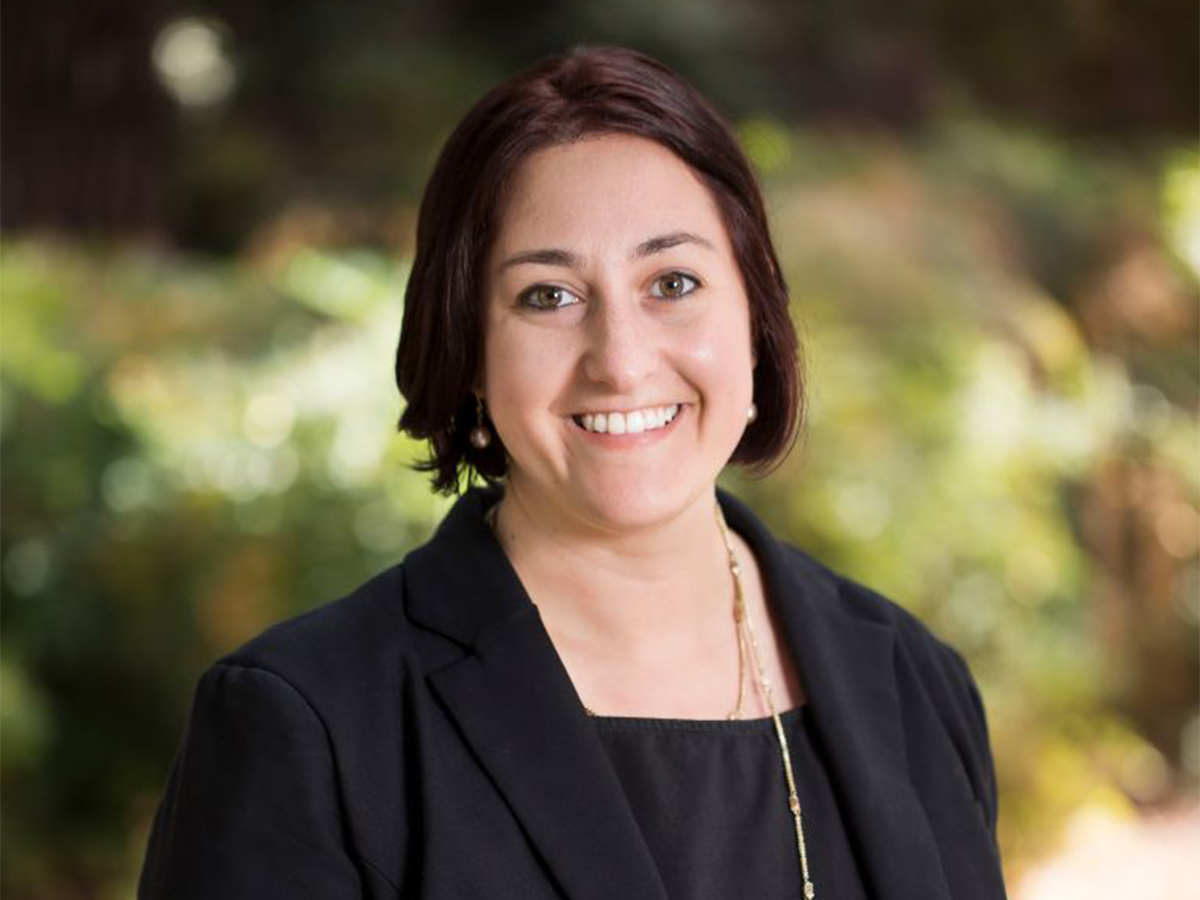Published in the Molecular Autism journal on Jan. 30 by UC Riverside Assistant Professor of Special Education and assistant director to Support Education Advocacy Resources Community Hope (SEARCH) Family Autism Research Center Katherine Stavropoulos and UC San Diego Psychology Professor Leslie Carver, the research paper titled “Oscillatory rhythm of reward: anticipation and processing of rewards in children with and without autism” analyzes how children with autism spectrum disorder (ASD) are less likely to be socially communicative.
ASD, more commonly known as autism, “refers to a range of conditions characterized by challenges with social skills, repetitive behaviors, speech and nonverbal communication.” Two prominent theories examined in this research explain why children with ASD are less communicative: The social motivation hypothesis and sensory over-responsivity hypothesis. The social motivation hypothesis suggests that children with ASD have a lack in the reward center of the brain and therefore are not motivated to be sociable. The sensory over-responsivity theory concludes that children with ASD are less socially engaged or socially involved due to their heightened stimuli. However, this recent research tries to explore the possibility of these two theories working hand in hand.
The experiment tested children between the ages of six to eight years-old with typical development (TD), a term used to “describe children who are not in receipt of special education services,” and children with ASD. Each child played a guessing game with two different blocks and 80 trials within each block. In the social feedback block, the children were shown faces. If the child guessed “right,” they were shown a happy face and if they were “wrong,” a sad face. In the nonsocial block, the children were shown an arrow pointing up instead of a happy face and an arrow pointing down instead of a sad face.
The answers were randomized and did not have a correct answer. Instead, the computer program made 50 percent of the children’s answers right and 50 percent wrong with no more than three consecutive answers of the same result. As they played the game, the children wore a cap with 33 electrodes to record their reward anticipation and reward processing. As the children waited to see if their answer was right or wrong, also known as the reward anticipation, the results showed the TD children anticipated being socially rewarded while the children with ASD expected the reward less. Children with severe ASD were more likely to expect the nonsocial reward. When the children found out whether they were right or wrong (also known as reward processing), the TD children’s brain showed more activity within in the reward-related centers of the brain compared to the children with ASD who had more activity in the attention-related section of the brain.
Jan Blacher, director of SEARCH, an active lab associated with UCR Graduate School of Education that provides free autism screening and resources for families with children with autism, believes that Dr. Stavropoulos and other works on autism will be “providing information for better understanding on the autism zone and also how well kids can do well in school and how well their families deal with it.”
Dr. Stavropoulos will continue exploring the effects of ASD and her future work will try to expand on the variety of subjects examined in autism research. “We kind of have a bias of sampling high SES (socioeconomic status) type families and is usually not that diverse as a result, ” responded Dr. Stavropoulos. Her future research will try to gather participants from diverse backgrounds, so that “whatever we find in science would speak to the broader population.”








